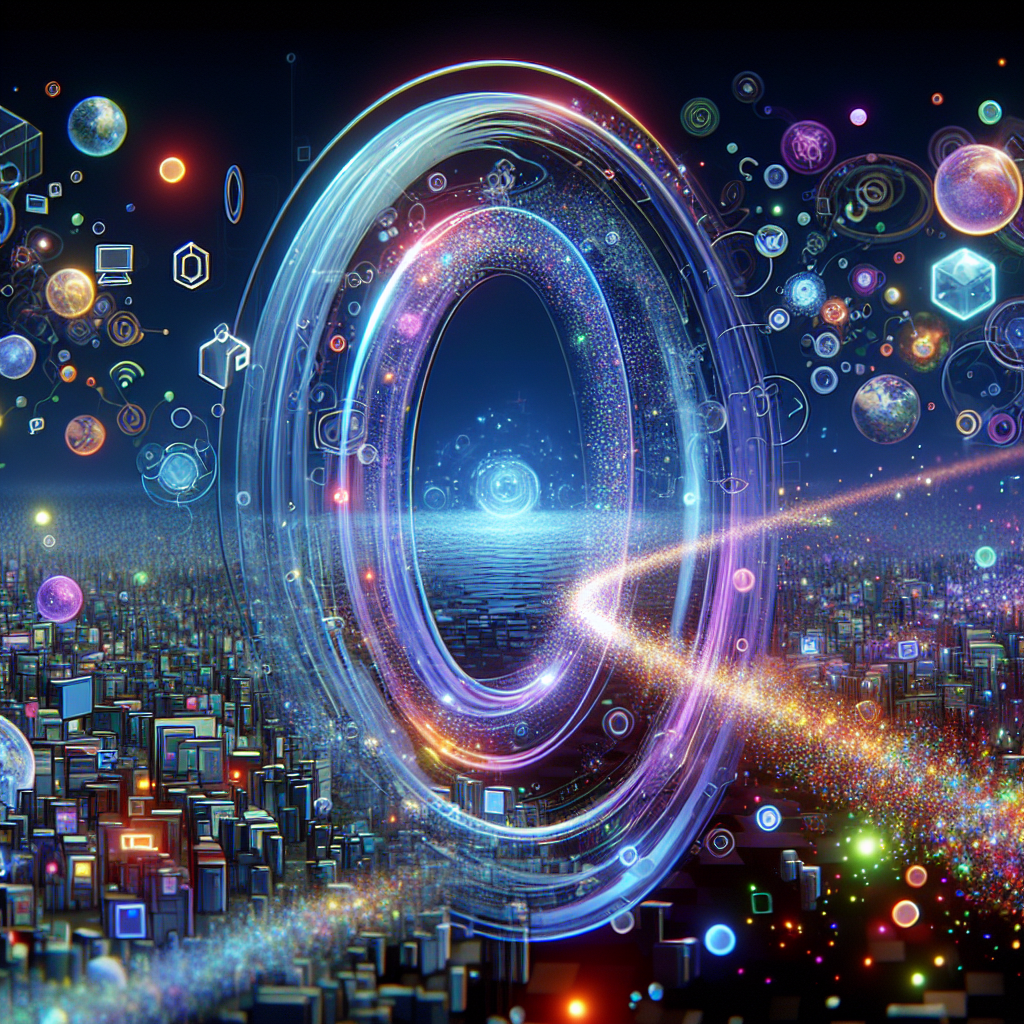From Discord to Metaverse: How Gaming Communities Are Evolving in 2025
As we step into 2025, the evolution of gaming communities has reached a new zenith, characterized by technological advancements and shifting social paradigms. The transition from traditional communication platforms like Discord to immersive environments within the metaverse has reshaped how gamers interact, collaborate, and form relationships. This article explores the key changes in gaming communities, their transition toward the metaverse, and what this means for future gamers.
The Rise of the Metaverse
The metaverse, once a theoretical concept, has now become a tangible reality. Emerging technologies, such as virtual and augmented reality (VR and AR), blockchain, and high-speed internet, have enabled developers to create interconnected virtual worlds where players can socialize, play, and even work. By 2025, major gaming companies have increasingly integrated metaverse features into their titles, offering players unprecedented opportunities to engage in fully realized digital environments that extend beyond mere gameplay.
Shifting Communication Platforms
Traditionally, gaming communities relied heavily on platforms like Discord, which provided a mix of text, voice chat, and community-building tools. However, as players and developers recognize the limitations of text-based interactions, many communities have begun migrating to the immersive worlds offered by platforms like Roblox, Fortnite, and Decentraland.
In these new settings, players can interact with one another in real-time 3D environments, allowing for richer communication experiences. Instead of exchanging messages over a chat client, gamers can now participate in dynamic events, attend virtual concerts, or explore in-game challenges together. This transformation enhances social bonds, fostering a sense of presence that was largely absent in previous communication methods.
User-Generated Content and Community Engagement
In 2025, user-generated content (UGC) continues to be a significant driver of community engagement. The metaverse allows players not only to consume content but also to create and share their own. This emergence of ‘creator economies’ empowers gamers to build their own worlds, designs, and experiences, effectively becoming part of the development process itself.
Platforms like Minecraft and Fortnite have set a precedent; players can now monetize their creations using blockchain technology and NFTs (non-fungible tokens), ensuring creators are recognized and rewarded for their contributions. This system has not only encouraged creativity but has also strengthened player communities, as individuals come together to enhance and evolve their shared gaming environments.
Inclusive Gaming Spaces
The metaverse champions inclusivity in ways Discord struggled to achieve. Developers have increasingly designed games and social experiences with accessibility in mind, ensuring that gamers of all backgrounds, abilities, and preferences can participate. By incorporating customizable avatars and diverse storytelling elements, these digital spaces transcend conventional barriers, making gaming communities more representative and welcoming.
Moreover, the rise of cross-platform gaming has eliminated hardware limitations, allowing players on different devices to connect seamlessly. In 2025, community members can join each other regardless of whether they’re on a console, PC, or mobile device, leading to diverse interactions and fostering unity among gamers.
Challenges in the New Landscape
While the transition to the metaverse presents numerous advantages, it is not without challenges. Issues such as online harassment, digital ownership, and data privacy remain pressing concerns. Gaming communities must find effective ways to implement moderation and safety protocols in these expansive virtual worlds to protect their members.
Additionally, as the lines between reality and the digital world blur, the risk of addiction or escapism increases. Gamers must navigate their time spent in the metaverse thoughtfully, balancing their digital engagements with real-life responsibilities.
The Future of Gaming Communities
As we look ahead, the gaming community landscape will continue to evolve, rooted in the foundations laid in 2025. With each technological advancement, players will uncover new ways to connect and collaborate, and the importance of community will only grow.
The melding of social interaction with immersive gameplay experiences signifies a future where gaming becomes a cornerstone of digital life. Gamers are no longer just players; they are creators, community builders, and active participants in shaping their own experiences. The transition from Discord chatrooms to the metaverse illustrates the potential for gaming communities to become vibrant ecosystems, where creativity, collaboration, and connection thrive.
In conclusion, as we embark on this new chapter in gaming history, the evolution of gaming communities continues to mirror the rapid advancements in technology and society. The move into the metaverse is just the beginning of an exciting journey, and the way forward is uncharted yet brimming with possibilities. As we embrace these new realities, one thing is certain: the gaming community is evolving, and it’s an exhilarating time to be a part of it.




